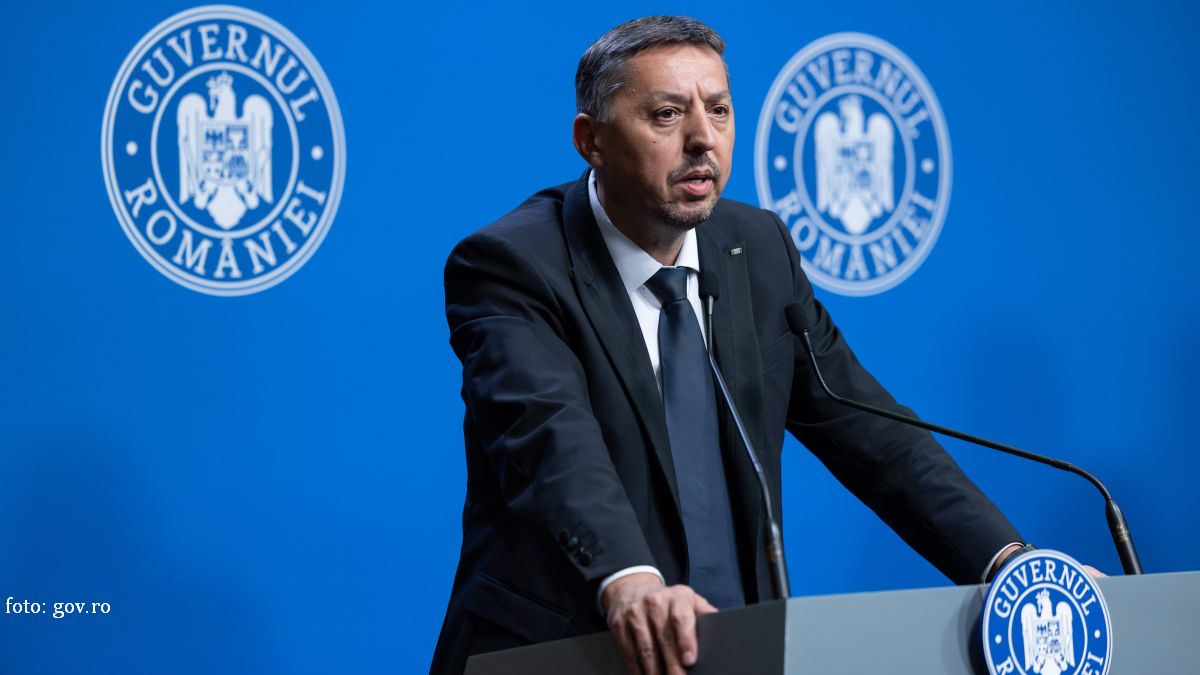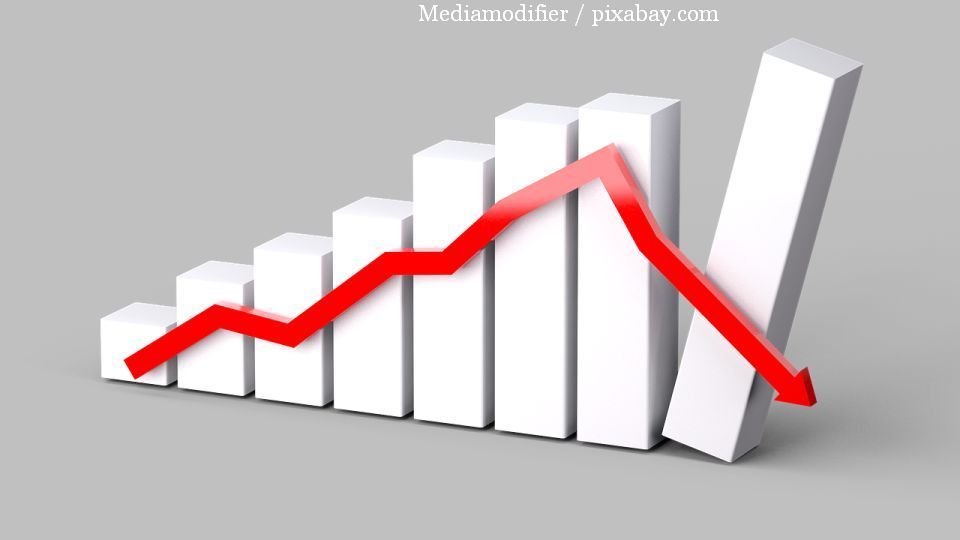National Bank Forecasts on Inflation
The National Bank of Romania has revised downwards the inflation rate forecasts for 2016 and 2017.

Leyla Cheamil, 05.08.2016, 13:24
The National Bank of Romania has revised downwards the inflation rate forecasts for 2016 and 2017. The national bank governor Mugur Isărescu has announced that inflation rate will remain negative by the end of this year.
The central bank governor Mugur Isărescu announced on Thursday that the consumer price index in Romania would remain negative until the end of 2016. He added that the annual inflation rate would again reach, as of 2017, values envisaged by the national bank without, however, exceeding 2.5%. In 2018 the inflation rate is expected to reach the highest value envisaged by the national bank.
Mugur Isărescu explains: “At internal level, there are risks in terms of fiscal policy and revenues, in the context of 2016 being an election year and of the lack of agreements with the international financial institutions, and also in the context of collateral effects such as amendments of the financial legislation. At international level, uncertainties are higher in terms of the global economic growth and the economic recovery of the Eurozone, being amplified by the results of the Brexit referendum, the geopolitical tension and the challenges of the European banking system”.
In the latest quarterly report on inflation made public in May, the national bank estimated an inflation rate of 0.6% for the end of 2016 and of 2.7% for 2017. Mugur Isărescu explained that, according to latest data, the targeted annual inflation rate was significantly lower than what had been previously forecast, in the context of a persistent low level of inflation at global and regional levels.
This is going to affect the basic inflation rate evolution, the fluctuations of volatile prices as well as of administered prices, Mugur Isărescu went on to say. He added that the latest forecasts follow an ascending trend in the context of the inflation pressure posed by the excessive aggregate demand and the unit labor costs. In June, the annual inflation rate went up to minus 0.7% from minus 3.5% in May.
This evolution was generated by eliminating the effect of dropping the VAT for foodstuffs in June 2015 from the annual index, in the context in which prices dropped in June against the month of May, following a drop in the foodstuffs’ prices. According to the central bank, the annual inflation rate could be kept negative due exclusively to the cut in the VAT standard rate from 24% to 20% operated as of January 1, 2016.






























